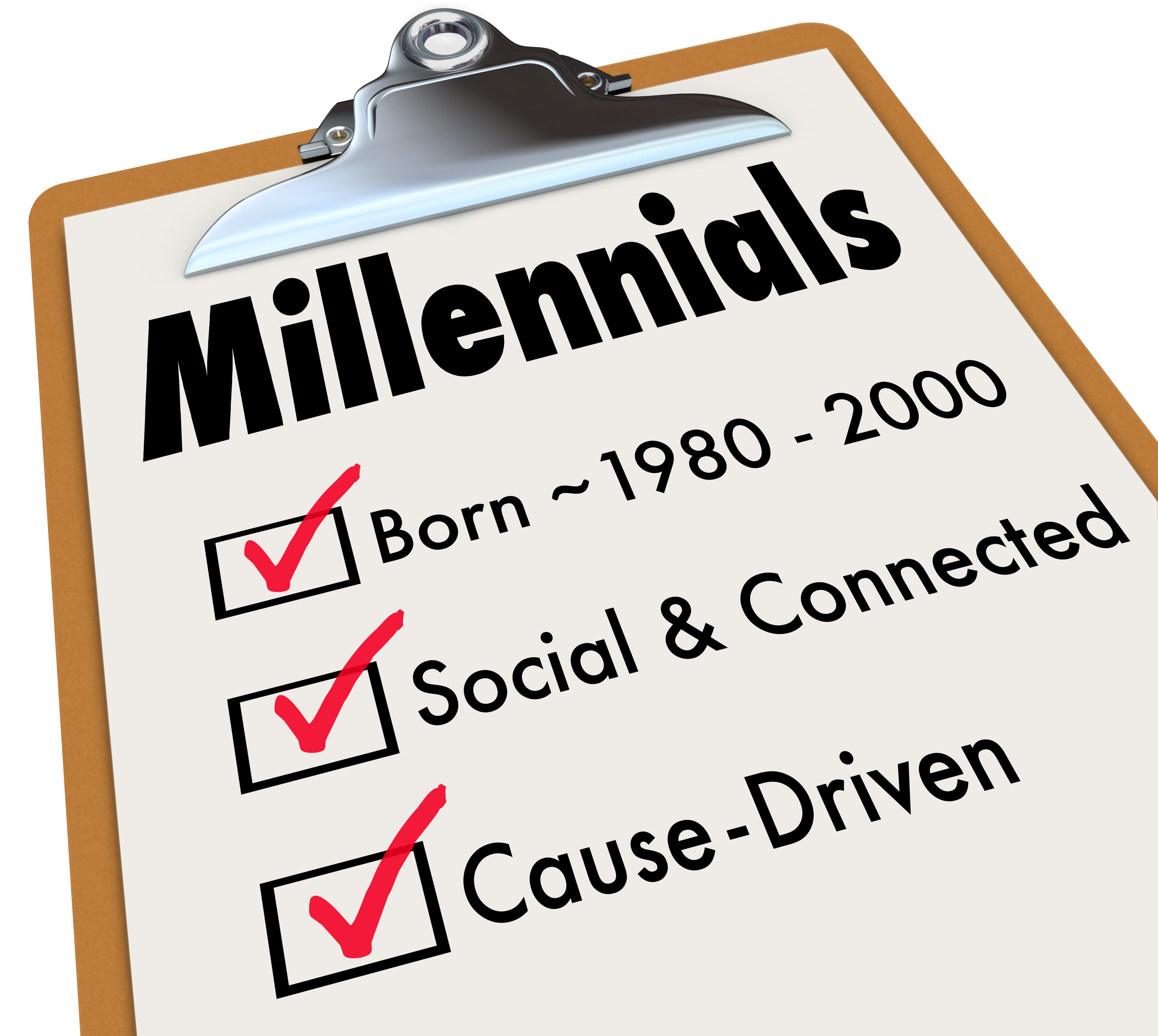
14 Jan Redesigning Professional Development That Speaks to Millennials
Reading Time: 3 minutesMillennials are the fastest growing generation in the workplace. In fact, this group, defined as adults roughly between the ages of 18 – 35, are expected to make up nearly half of all U.S. workers by 2020.[1] Unlike other generations before them, Millennials, on average, bring a high drive for community involvement and seek out positions (and companies) that promise professional development and career advancement.
A recent EdAssist study surveyed graduating undergraduate and graduate students to learn more about Millennial workplace preferences. The statistics from the survey are eye-opening and shed light on the growing role that professional development will play in retaining Millennials.
The survey found that:
- Nearly 60% of Millennials would choose a job with a strong potential for professional development over a high paying job with regular pay increases
- Over 70% of college graduates do not feel that their schooling effectively prepared them for the workforce
- Approximately 60% percent of Millennials expect employers to provide them with continual learning opportunities relevant to their job
Companies will need to re-evaluate and begin to implement robust professional development opportunities to hire and keep Millennials engaged and motivated at work. This generation of workers are excited about personal and professional growth and expect their employers to be just as excited. Ignoring the Millennial need for on-the-job learning opportunities could spell disaster for a company, in terms of employee engagement. In fact, some companies have seen employee motivation and production at its lowest levels since the early 2000s.[2] Millennials are not easily replaced and will soon fill higher level positions once held by their Baby Boomer predecessors – making an overhaul of professional development a top priority.
To attract, and not discourage top Millennial talent, companies must enhance their professional growth options and consider using these three strategies.
Strategy #1: Create “in-between” positions and titles
Millennials, more than any other generation, are eager to advance in their careers. This is especially true as they are often more likely to continue to acquire knowledge, out of curiosity, and expect to be rewarded for this. Developing “in-between” titles can allow a Millennial to meet their desire for career advancement and provide smaller, but more frequent steps toward their long-term career goals.
Strategy #2: Offer a variety of learning options
This can include assigning stretch projects that require Millennials to apply their knowledge and acquire new skills, outside of their day-to-day work. Top companies, like Apple and Google bring in guest speakers and establish mentor programs to keep Millennials connected and engaged with other coworkers and managers.[3] And offering Millennials the ability to attend conferences or off-site training and workshops, such as Speakeasy’s business communication training are an added bonus for the learning-hungry Millennial.
Strategy #3: Personalize professional development
Companies will need to move away from the “one size fits all” approach and instead find ways to differentiate professional development based on each employee’s career goals and interests. Millennials want to learn, but they also want to learn relevant, applicable information and skills that will help them progress in the workplace. Possible trainings may include communication coaching, team problem-solving, and decision-making. Creating training tracks are ideal with this group, allowing individuals to choose their line of training based on their targeted future career track within a company.
It is becoming very clear that the influx of Millennials in the workplace may give companies a much needed push to reinvent professional development. Companies must stay current with learning opportunities and look to provide convenient, on-the-go, and easily digestible nuggets of information. Effective communication skills trainings like Speakeasy’s What You Say and How You Say It series have been go-to programs for corporations to reach their Millennial employees. Speakeasy courses are easily customizable learning opportunities designed to enhance the communication and collaboration between the information seeking Millennial, and their Baby Boomer and Generation X colleagues.
[1] https://www.edassist.com/resources/news-releases/2015/04/millennials-study-press
[2]https://www.forbes.com/sites/jennagoudreau/2013/03/07/7-surprising-ways-to-motivate-millennial-workers/

